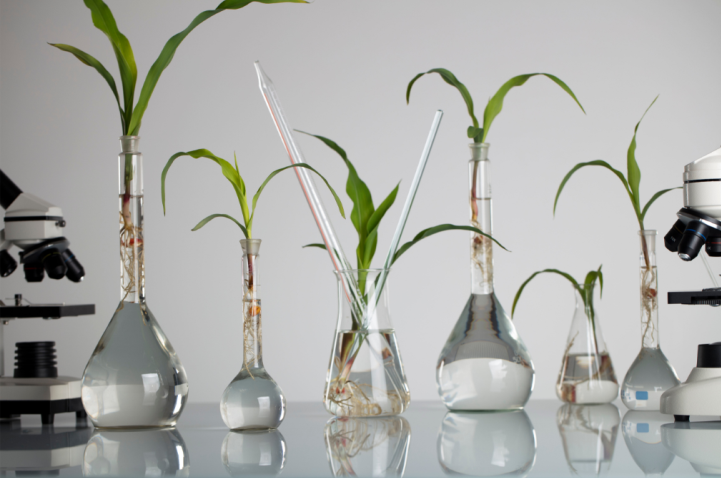Eco-Designing for the Future
Engineering Enzymes
In biology, enzymes speed up chemical reactions inside our bodies. To a chemist these enzymes are essentially catalysts found in living organisms. As catalysts, these enzymes are evolved to catalyze chemical transformations happening in nature. These naturally occurring ‘biocatalysts’ can be studied to discover new catalysts from sustainable resources such as microbial biomass, interrogated to discover their makeup and tweaked to modulate their functions. Biocatalysts reduce the need for rare earth metal catalysts and organic solvents, as well as increase productivity. Hence, this technology has great societal impact by allowing industrial processes to become greener.
The Theoretical and Applied Catalyst group in the School of Chemistry and Chemical Engineering at QUB is led by Dr Meilan Huang, a Worldwide leading researcher in this field.
Dr Meilan Huang explains: “The enzymes we are looking for are already present in nature. Our goal is to find those enzymes and use computational approaches to discover, manipulate and optimise them for use in industry.”
Taking an inter-disciplinary approach, using computational chemistry and computational biology, as well as collaborating with pharmacists and biologists, Dr Huang hopes to discover or devise a range of new protein enzymes that have the potential to act as a biocatalysts. These novel enzymes are expected to be used for many applications including the production of complex pharmaceuticals.
As well as pharmacy applications, there is potential to use these biocatalysts in the production of sustainable biofuels of the future. For example, glycerol could theoretically be chemically transformed into a carbohydrate. With cell-free multi-enzyme cascades or a microbial cell factory there is potential to generate environmentally friendly renewable energy and potentiate biomanufacture.
Dr Huang’s work relies on the Kelvin-2 HPC cluster where the research involves multi-scale simulations of a huge variety of molecular systems, and prediction of the functions of catalysts through machine learning.
Dr Huang explains: “We use new experimental data reported from literature or generated through collaborations; and feed this into Kelvin-2 as input for simulations or pattern identification, using artificial intelligence models to predict the functions of the catalysts to speed up the discovery of highly stable, active, selective biocatalysts.”
Dr Huang has led the Computational team in several interdisciplinary research projects at QUB. She is the PI of chemistry in a new 3-year project (2021-2024) INSIGHT@ "IN Silico-Informed metaGenomic Harvesting Technology", in close collaboration with experimentalists from QUB and Almac.

